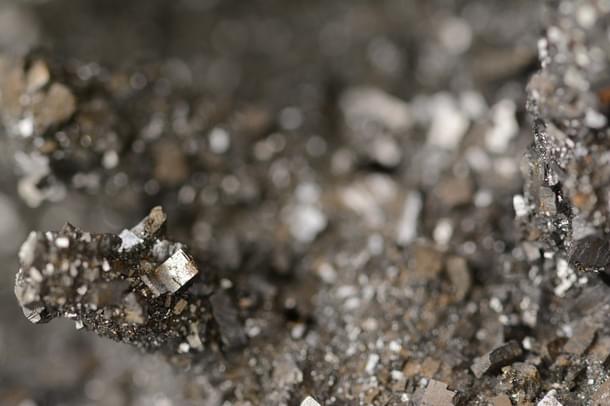Economy
What Should We Expect From The India Critical Minerals Mission?
Vidhyashankar Sathya
Jan 06, 2025, 05:09 PM | Updated Jan 10, 2025, 04:47 PM IST
Save & read from anywhere!
Bookmark stories for easy access on any device or the Swarajya app.


The India Critical Minerals Mission was announced in the last budget and is expected to be fully launched and functional in the new year. It was assumed that much-needed details on the scope, vision, and milestones of the mission would by now be public knowledge. However, we only know yet that the mission will be launched sometime this year.
The primary goal of the mission is to secure a stable supply of critical minerals, such as germanium and gallium, of which China controls nearly 70 per cent. Many of these minerals have dual-use applications, serving both defence and civilian purposes.
According to the International Energy Agency, by 2040, 76 per cent of the global oil demand can be reduced if nations successfully transition to lesser carbon-emitting fuel sources — renewable energy and battery-led mobility. With semiconductors (China imports more silicon chips than oil) in the mix, we have a heady cocktail of geopolitics, technology, and security.
The Indian Ministry of Mines has finalised a list of about 30 elements that are crucial for economic growth but are in short supply in India. India imports 40 per cent of these from China.
The impending convergence of digital and green technologies that require critical minerals and rare earths can deliver more fuel with lesser emissions. However, the race for these resources has new implications. We are ironically going to need 400 new mines to supply critical minerals to fuel the new green world.
Recently, amidst the noise surrounding Trump's tariff hike to 60 per cent on Chinese goods, China outright banned the export of gallium, germanium, and antimony to the United States (US). Both the US and India heavily depend on China for these critical minerals.
However, the Mineral Security Partnerships (MSP), overall bonhomie between the two countries, and cooperation of other anxious nations should still augur well to support mutual growth.
As India sets out to build its semiconductor industry and the EV sector, we need huge quantities of cobalt, lithium, gallium, germanium, graphite and silicon. Other than copper and aluminium, India needs to import most other minerals in large quantities.
With KABIL — Kanij Bidesh India Ltd. (the overseas arm of exploration and sourcing of minerals of the Government of India), strong ties with resource-rich South American countries like Argentina, Chile, Brazil and Colombia are essential alongside ties to African countries like the Democratic Republic of Congo, which has huge deposits of cobalt.
In an era where countries are going beyond mines of earth to the ocean and space, India can’t afford to lag behind in the critical infrastructure race.
Domestically, India’s challenges in a federal competitive structure are all too well known. For example, the tungsten deposit fiasco in Tamil Nadu. Also, the inability of Sterlite Copper Ltd. to kickstart its operations in the Tuticorin area of the state is a painful lesson in realpolitik.
The impact of the India Critical Minerals Mission remains to be seen, even as balancing strategic resource needs for economic development weighs heavily against ESG risks of operating smelters and polluting mines. Add to this India's developing manufacturing capabilities for domestic use and export of electronics, and nearly $20 billion worth of semiconductor investments announced in 2024.
As we await the details of the India Critical Minerals Mission, it is crucial that the mission focuses on securing new mining rights, salvaging materials from end-of-use products, and enhancing recycling efforts.
Most importantly, it should aim to increase local production and processing capabilities. This is indeed a vital mission that demands astute geopolitical strategies and the negotiation of flexible trade agreements.
Vidhyashankar Sathya is an India Technology Policy Fellow at The Pacific Forum.




